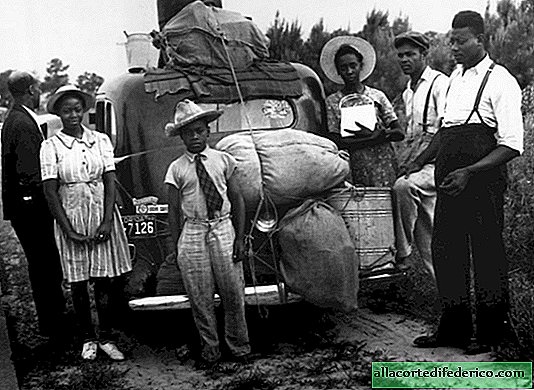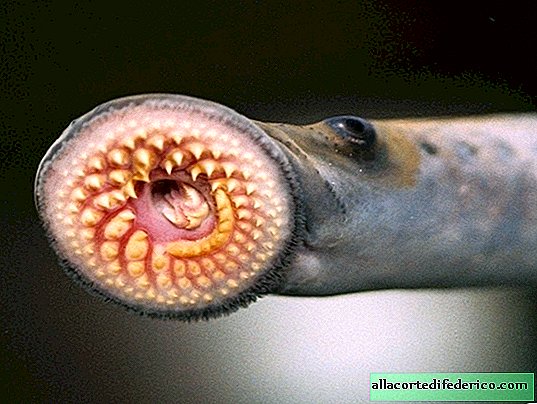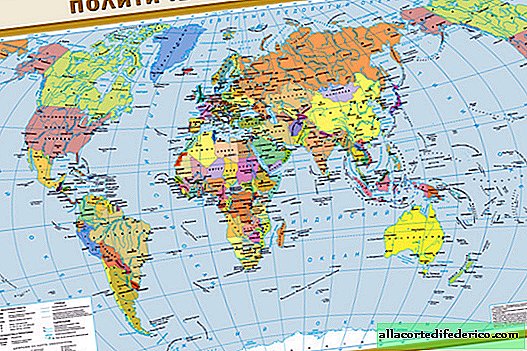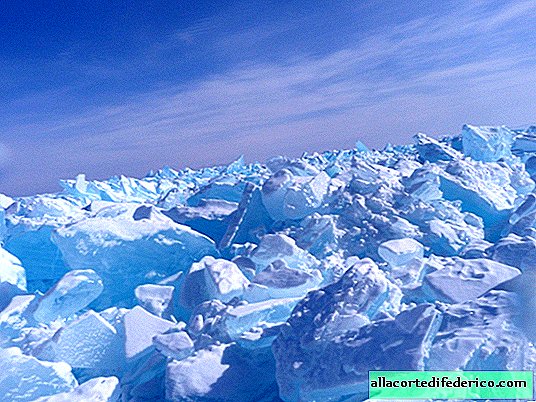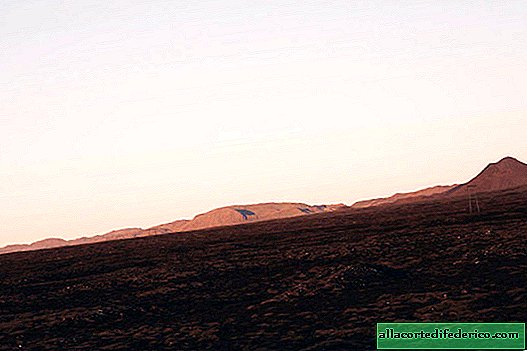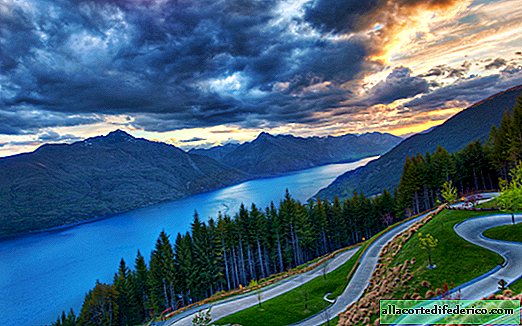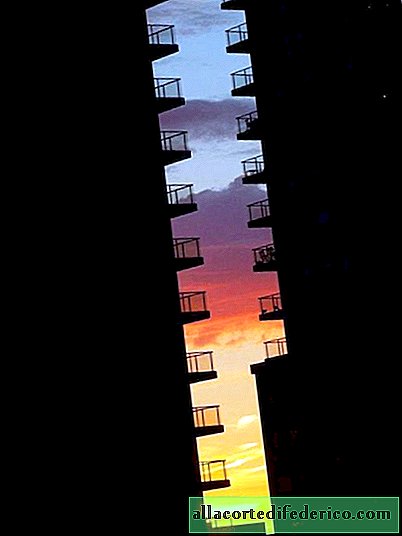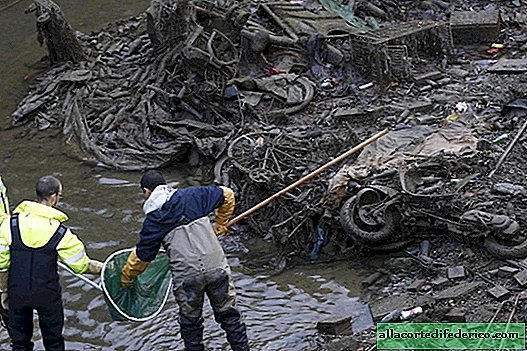The killer lake of Nios: the story of the worst limnological disaster on the planet
Lake Nios (also Nyos) is located in Cameroon (Central Africa), near the border with Nigeria. The depth of the lake is quite impressive - 209 meters, and its area is about 1.6 square meters. km According to researchers, this alpine lake was formed in the failed crater of an extinct volcano, which was filled with surface and groundwater about 400 years ago. It is with the volcanic origin of the lake that terrible events are associated that led to the deaths of more than 1,700 people and several thousand animals.
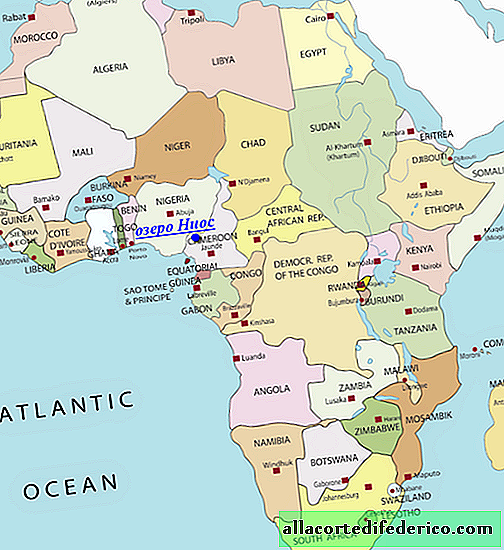
This incident, later called the limnological catastrophe of Lake Nyos, occurred on August 21, 1986. Then in one night, most of the population of the nearby villages of Nios, Subum, Cha and Fang died. 1,746 people did not wake up on that fateful August morning, and about 1,000 more Cameroonians sought medical help. Killed all domestic animals, birds and even insects in the vicinity of the lake.

The cause of death of people and birds was the reservoir, or rather, what was hidden under it. The thing is that the volcano was extinct only on the surface. But in the depths, under Lake Nios, a hotbed of volcanic activity has been preserved, which produces a huge amount of carbon dioxide - CO2. The resulting gas constantly rises through the pores in the igneous rock. Then it meets groundwater, dissolves in them and ends up in a body of water. Poisonous gases accumulate in the bottom layers of Lake Nyos, which for some reason do not mix with the upper layers. Gas continues to saturate the deep layers of water until some external event alarms this fragile balance.

That terrible evening, something disturbed the peace of Lake Nios. It was an earthquake or a strong gust of wind, it is now difficult to say, but the bottom layers of the water, saturated with deadly carbon dioxide, went up.
Gas escaping to the surface with giant bubbles generated powerful waves that flooded the lowlands on the south coast. According to researchers, carbon dioxide and the moisture that accompanied it turned into the smallest fog that formed a cold aerosol. A toxic cloud of carbon dioxide, which is heavier than air, began to drain into the valleys surrounding the lake, killing everything living along the way. Some experts note that, in addition to carbon dioxide, a toxic cloud could contain sulfur and hydrogen. Immediately after the tragedy, the waters of the lake acquired a red-brown hue.

After the incident, several expeditions with scientists from different countries arrived at Lake Nios. As a result of studies conducted immediately after the tragedy, it was possible to establish that in addition to people and animals, vegetation along the shores of the lake was also affected. The foliage darkened and cringed, as happens when exposed to low temperatures. Based on this, it was concluded that the gas released from the bowels of the lake, with expansion, cooled and froze the foliage. It is known that the release of carbon dioxide is accompanied by the absorption of energy and, accordingly, causes cooling. According to scientists, the air temperature around the lake could drop to 10 degrees in a short period of time.

Assessing all the horror of what happened, the Cameroonian authorities were concerned about preventing similar disasters in the future. Interestingly, in addition to Lake Nios in this country there is another similar reservoir, also of volcanic origin, called Manun. On it, several years before the tragedy on Lake Nios, a similar incident occurred, killing 37 people.
These two lakes are currently undergoing monitoring of air conditions and degassing of the water column. It involves the installation of special pipes in the water area of the lake, contributing to the regular removal of toxic bottom gases. Scientists hope that these measures will help to avoid catastrophic gas emissions and deaths in the future.



